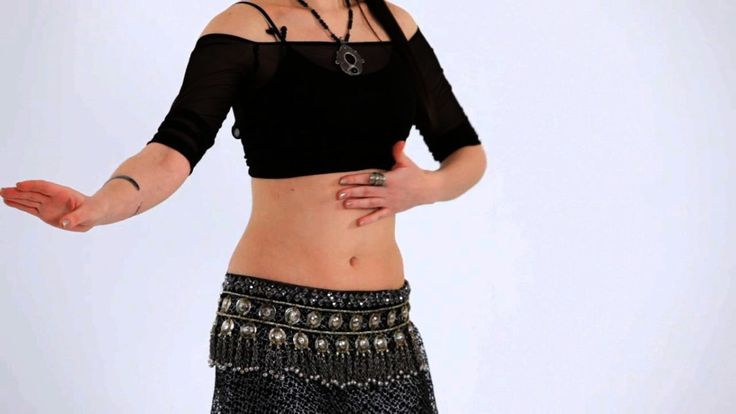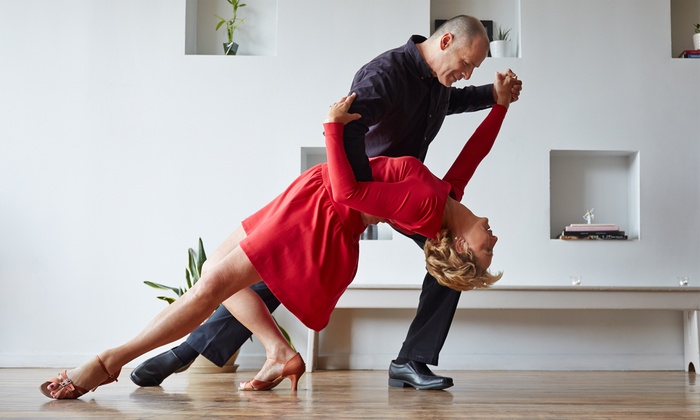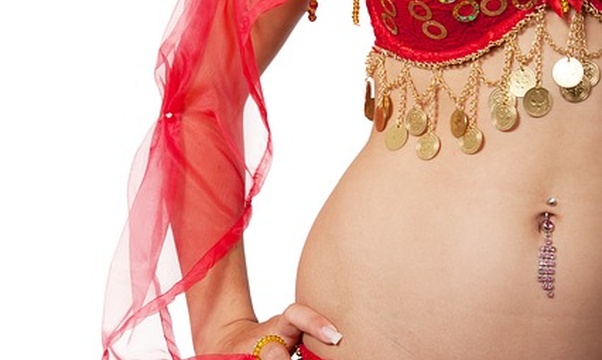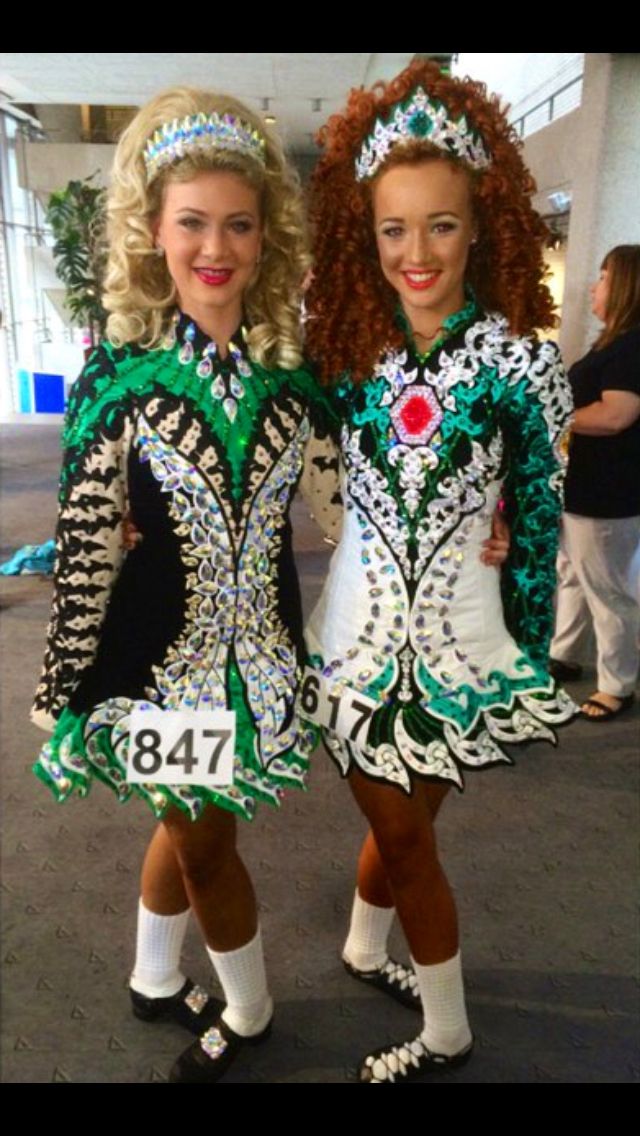How to learn dance from video
16 Spot-On Tips To Help You Learn Dance Combinations Faster
Every dancer I know wants to be better and faster at remembering dance combinations and movement phrases. Some dancers are astonishingly good at it without really trying. – sigh – We all have our gifts.
If you aren’t one of the dancers with this particular gift, learning new choreography in dance class or auditions can be a frustrating experience. Here are 16 of our best secrets for improving your accuracy when you’ve got to get the movement down and make it stick right away. The first 12 include tricks to try in the moment and the final four are strategies that will help you get better in time.
With some work (we won’t pretend it’s always easy), you’ll look like one of the gifted… our present to you. 😉
Focus first
If you know you are going to be learning new choreography, warm-up your brain for the mental workout. Like a physical warm-up, the needs are different for everyone and every situation but try centering yourself with some deep breathing to improve your performance. You might also try focusing techniques like counting backward without letting your mind wander, visualizing an object or movement with full concentration for several minutes, or repeating a positive or inspiring word over and over to yourself.
Don’t bite off more than you can chew
We learn and memorize best when we “chunk” or break a long string of details (like a phone number or dance phrase) into sections. The choreography will probably be taught in chunks but if these seem more than you can handle, mentally break it into even smaller pieces for easier digestion.
Close enough, keep moving
Don’t get sucked into the nitty-gritty vortex before you’ve got the overall picture. You’ve got to focus on the big broad strokes of the movement like pathway, facings, or patterns first. Then, move on, working toward perfecting the trouble spots and the specifics like head focus, hand positioning, and intricate footwork.
Stop, look, instant replay
Particularly if there are several direction changes, it’s hard to watch and do at the same time.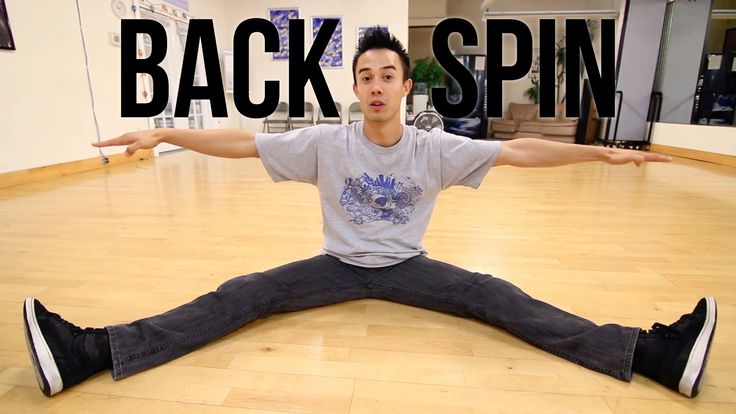 On the first demonstration, you can try simply watching only. Then, try the choreography on the next run-through. Or, if you keep missing something, stop for a second, watch the instructor very carefully and then see if you can replay it in your mind before running it again.
On the first demonstration, you can try simply watching only. Then, try the choreography on the next run-through. Or, if you keep missing something, stop for a second, watch the instructor very carefully and then see if you can replay it in your mind before running it again.
Slow down time
This one’s a bit of a mental trick. Try picturing the movement you’ve been given in slow motion. Even as you watch in real-time, imagine that it’s happening at a much slower speed – one that allows you to capture all of the details. Another option: If you can, take a few moments to yourself to slow down a step if it feels too fast and gradually work it back up to tempo.
Think simple
Even complex choreography can be mentally simplified. If the steps or weight transfers are a sticking point, talk yourself through it in simple terms like “right, left, right-and-left,” or reduce the movement to basic body parts – “arm, leg, hip, hip, elbow.”
Put it on a loop
Repetition is crucial but in addition to practicing full-out you can put the combination or your trouble spots on repeat in your head or by marking the movement when you’re on the sidelines.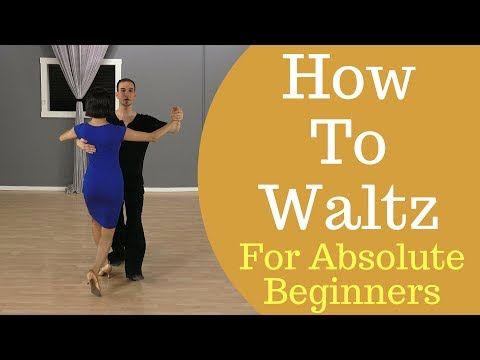 If you want to learn the choreography quickly, you have no time for a mental nap. Don’t miss an opportunity to practice by talking to your neighbor, getting distracted, or zoning out.
If you want to learn the choreography quickly, you have no time for a mental nap. Don’t miss an opportunity to practice by talking to your neighbor, getting distracted, or zoning out.
Go full out
Marking movement is helpful when you are waiting your turn or when you are focusing on watching to gather more information. At all other times, do the choreography full out. That’s the only way it’s really going to “stick”.
Make a mental map
Every combination has its peaks, valleys, pathways, and landmarks. Mentally map these places in the choreography and then just keep traveling the same route from one destination to the next.
Say it to yourself
Connect your movements to words, labels or keywords, lyrics, rhythms, or sounds. The instructor has probably already been doing some of this as he/she teaches the combination but make your own connections, too. Even when the external prompting stops, keep cuing yourself using your internal voice.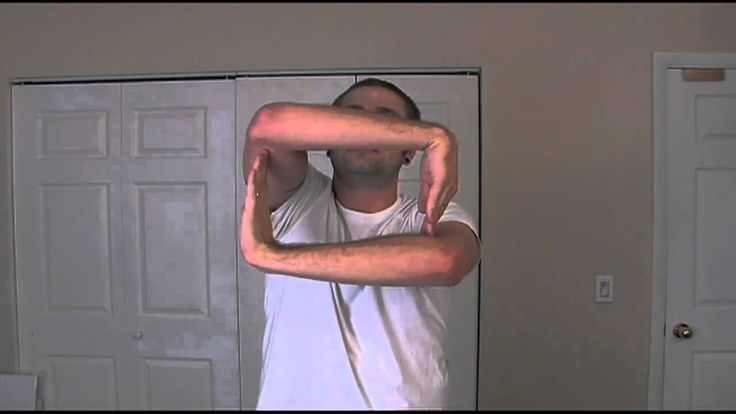 If you tend to be an auditory learner, it may even help if you do this out loud (but quietly, so you won’t disturb others).
If you tend to be an auditory learner, it may even help if you do this out loud (but quietly, so you won’t disturb others).
Use the power of touch
You are already relying a lot on your eyes, ears, and your kinesthetic/proprioceptive (body) senses when learning a combination but, for some people, touch can also be a powerful memory tool. Think about it – your teachers use touch all the time to direct and give you cues, and you remember this touch as you go forward on your own. Help yourself in the same way – before you start dancing, tap the leg you keep forgetting to step with or touch the shoulder you need to remember to turn toward.
Tear your eyes away
This is probably the most important tip because it’s essential but often overlooked by dancers, especially when their confidence is low (more on that in a second).
After you’ve been given the movement and absorbed as much detail as you can, EYES OFF! Take your eyes off the instructor and other dancers to break the brain-suck connection. In fact, wean yourself away from any visual cues and concentrate and rely instead on the internal ones you’re developing – your thoughts, how something feels, which chunk follows that chunk, where you are on your mental map and not where you are in the room, etc.
In fact, wean yourself away from any visual cues and concentrate and rely instead on the internal ones you’re developing – your thoughts, how something feels, which chunk follows that chunk, where you are on your mental map and not where you are in the room, etc.
All of the next steps are about developing your skill and confidence before you need to call upon them to learn a dance combination quickly.
Ditch “Negative Nelly” or “Negative Nelson”
Negative self-talk – letting fear and negativity rule, psyching yourself out, comparing yourself to others. If you’ve made a habit of these things in your daily life or dance classes, don’t think you’ll just be able to drop your pessimistic pal at the curb before your next class or audition. Keep inviting the negative along and it’ll start to show up even when you don’t want it, least expect it, or while you’re trying to learn that darn dance choreography.
Expand your dance vocabulary
Often the trouble with learning new things is just that they’re new. The more experience you have in a variety of dance forms, styles, teachers, choreographers, the less likely you’ll be surprised by the unfamiliar. So take dance classes on vacation, go to intensives, conventions and workshops, practice improvisation, see more dance, and find other ways to activate your brain and body.
The more experience you have in a variety of dance forms, styles, teachers, choreographers, the less likely you’ll be surprised by the unfamiliar. So take dance classes on vacation, go to intensives, conventions and workshops, practice improvisation, see more dance, and find other ways to activate your brain and body.
Use every opportunity
Don’t waste the opportunity to regularly practice the skill of picking up combinations. It comes along every time you take class, whether memorizing a ballet exercise or taking on a new time step. It takes discipline. Challenge yourself to be faster and more accurate at learning the choreography than you were the last time.
Play memory games
The Add-On Game – This is the game where one dancer starts with a movement, then the next dancer builds onto that movement by adding another one. Each dancer in the circle or in the room quickly adds their own movements in turn. Everyone dances the sequence as it grows, forcing each dancer to try to remember what comes next.
Watch and Learn – Have your instructor or another dancer show you a new movement phrase in full, without stopping. Watch carefully (you can mini-mark the movement if you need to) and then see how much you can accurately recall and perform. It may not be much the first time. Then, have them repeat it the same way and make your attempt again. It’s a challenge but great practice, and you can keep challenging yourself with longer or more difficult combinations.
YouTube Roulette – As we learned in How I Help Students Pick Up Combinations Faster, video is a great memory tool. Randomly select dance videos on YouTube and challenge yourself to learn the choreography without a ton of pausing and rewinding. Since the video is likely shot from the front you can challenge yourself to learn things on the correct side, or reverse it by mirroring. Either way, you’ll get practice outside of class with this technique.
What’s Next? – This game is similar to Watch and Learn except the new choreography is shown in full 3 times in a row.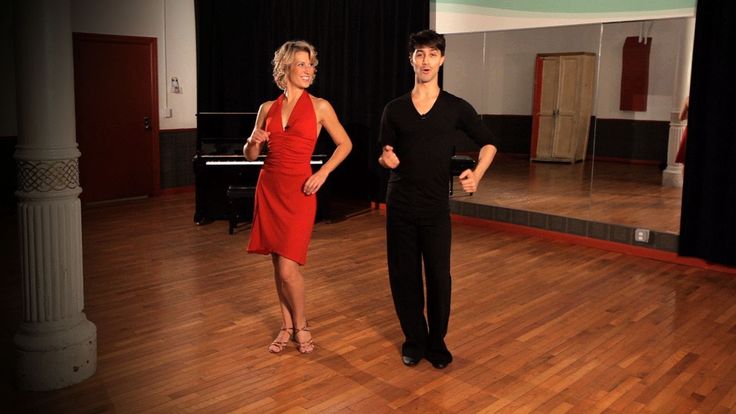 After seeing it repeated, the choreography is performed once more but the dancer pauses and asks, “what’s next?” See if you remember it right. Some variations on this game: use dance videos to play this solitaire, or have the instructor give the combination using just dance terminology without demonstration (yikes!).
After seeing it repeated, the choreography is performed once more but the dancer pauses and asks, “what’s next?” See if you remember it right. Some variations on this game: use dance videos to play this solitaire, or have the instructor give the combination using just dance terminology without demonstration (yikes!).
Do you have your own secrets and tricks to learn choreography faster? Share them in the comments!
“Sunflowers” by Rich Brooks is licensed CC BY 2.0. Text, graphics, and coloration added.
Kindly follow, like or share:
Nichelle Suzanne (owner/editor)
Nichelle Suzanne is a writer specializing in dance and online content. She is also a dance instructor with over 20 years experience teaching in dance studios, community programs, and colleges. She began Dance Advantage in 2008, equipped with a passion for movement education and an intuitive sense that a blog could bring dancers together. As a Houston-based dance writer, Nichelle covers dance performance for Dance Source Houston, Arts+Culture Texas, and other publications. She is a leader in social media within the dance community and has presented on blogging for dance organizations, including Dance/USA. Nichelle provides web consulting and writing services for dancers, dance schools and studios, and those beyond the dance world. Read Nichelle’s posts.
She is a leader in social media within the dance community and has presented on blogging for dance organizations, including Dance/USA. Nichelle provides web consulting and writing services for dancers, dance schools and studios, and those beyond the dance world. Read Nichelle’s posts.
danceadvantage.net
5 Tips to Help You Remember Choreography
Have you been struggling to remember the moves in dance class? Are your auditions coming up?
Here are some tips to help you memorize choreography like a pro. No more freezing or falling behind!
5 Tips to Memorize Choreography
1. Chunking
Chunking is a memorization technique where you learn something in separate sections, then group the sections together at the end.
We use chunking to remember things like phone numbers, addresses, and even song lyrics.
For example, 678-999-8212 is much easier to memorize than 6789998212.
In your dance class or audition, the teacher will probably teach the routine sections already.
But you can chunk the moves into lengths that work for you, whether this means going 1 8-count combo at a time, or separating the piece into 2 halves.
Chunking is a great tool to help you memorize choreography, but sometimes, you can get stuck between those chunks.
It doesn't matter how well you know each chunk – you have to make sure you're connecting them together seamlessly.
2. Connect the chunks
There's a trick to connect those chunks that we talked about in this video:
Basically, always practice a few moves / counts before a chunk, and even after the chunk.
Although dance choreography is usually taught to 8-counts, the dance is performed to the sounds in music – which don't go by cleanly cut counts.
So don't start and stop your movements according to their chunks.
Blend by transitioning the moves in between them. Because the whole thing is really 1 dance! *cue Drake*
3. Use contexts in the song
As we mentioned in Tip #2, you dance to music.
The choreographer made the routine to music.
MUSIC.So, a good way to learn and memorize choreography is to follow... the music!
For example:
Let's say a song / piece goes through the flow of...slow, melodic intro → UPBEAT, POWERFUL CHORUS → iNtRiCaTe beat kill-off to end
You probably won't start finger-tutting in the first section or forget that you're supposed to do heavier movements in the middle.
We always tell you to listen to the music to catch musicality nuances, so you know what textures you should use.
But you should also listen to simply understand the arc of the song, and how that dictates the routine.
4. Make up your own "personal cues"
In our "What is an 8-count” video, we talked about how dancers use counts to map out their choreography.
Counts are a good skeleton to base your memorization off of, but the numbers don't actually provide a ton of information.
They keep track of the rhythm and quantitatively measure where you are in the piece, but they don't tell you how to dance.
So let's get more descriptive than the counts.
Use sounds or actions that you come up with yourself that will actually help you memorize the moves and how you should be executing them.
Here are 4 examples of personal cues that you can use:
1. Naming the moves
Count this out loud:
"1 and 2 and a 3 and 4"
Now, say this out loud:
"Right left push, turn around, look dip."
The latter gives you the same information as the first 8-count (tempo, when the movements take place) and it ALSO hints at the moves themselves!
I personally find this trick most helpful for footwork.
As I'm learning, I'll memorize choreography as:
"Kick ball change, and left and right. Right left right left right, out, together."
Right left right left right, out, together."
2. Snapping
Unlike naming the moves, snapping is more for your body to remember the moves.
I've seen people (Dezi Del Rosario does this a lot) use snaps to mark the points in the moves.
This really forces your body to get to that point while dancing, because you've conditioned it to snap in a certain position.
3. Breathing
Breathing is similar to snapping in that it'll train your body to memorize choreography – use it to remember to slow down or dial back the energy.
You know those pieces where there's a crazy fast combo, then you go into a chill groove???
That sudden drop in energy would look clumsy and out of place, if you didn't breathe through it.
Choreographers might even count that part of the choreography using breaths.
Use cues in your own breathing to memorize choreography parts that are more relaxed.
4. Using obscure sound effects
David Lee loves using whatever sound to mark his movements.
No matter how silly they sound 😂
When you use these personal cues, whether it's naming the moves, snapping, breathing, or making up sounds...
You’re building your own version of the piece that makes sense to you.
When you do this, the dance routine feels more natural and easy to remember.
5. Drill the moves into your muscle memory
This is a simple tip, but so important that I MUST mention it!!!!
Repetition.
If you do something over and over again, then your body will start to do it on autopilot.
So drill a section of choreography 50 times if you need to. Heck, do it 100 times!
This way, even when you have a brain fart, your body can simply take over.
...
And into your visual memoryYes, doing the dance over and over will help your body memorize it.
But it can also be just as effective to watch it over and over, too.
Take a recording of the choreographer or teacher, or of yourself doing the piece, and let your eyes and mind absorb it.
Use all the tips we talked about in this article as you're watching the piece (not just while learning it).
For example, observe how the movements follow the music (Tip #3) or use counts, snaps, breaths, or noises that make sense for you (Tip #4).
Learning to memorize choreography will naturally get easier and easier with experience.
But if you want a quicker and more fool-proof way to remember choreography, put these 5 tips to practice!
Try them out in your next STEEZY Studio class. Sign up here to start for free.
How to learn to dance: video tutorials for those who are not afraid to try
January 28, 2017 Likbez Sports and fitness
If you decide to learn how to dance, don't delay. Just repeat after the instructors the basic movements of modern, street, ballroom and social dances.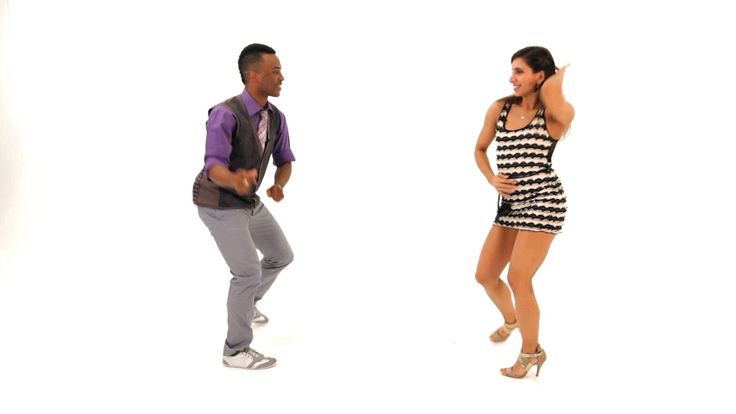
Iya Zorina
Author of Lifehacker, athlete, CCM
Answers to the main questions
Is it difficult to learn to dance?
It's really no more difficult than anything else you're new to. Dance directions are very different from each other. Even if you have mastered one of them, it will be unusual for you to do the other.
However, all dances are connected with the ability to control one's body. And if this is not new to you (for example, you were engaged in martial arts, gymnastics, swimming, and even more so dancing), it will be easier for you to adapt to new movements than a beginner who is not friendly with his body.
Even if you have a rather wooden body, you should not despair. The secret of success is constant practice.
Learning to dance from video lessons is more difficult than from courses. If your body is flexible and obedient, you can still do something similar to the movements of the instructor from the video.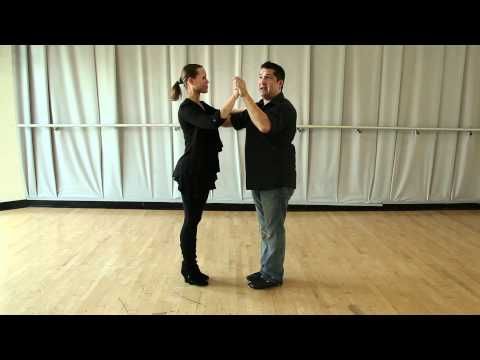 If not, you can quickly become disillusioned with dancing: the difference between what is shown in the video and what you will see in the mirror will be too strong.
If not, you can quickly become disillusioned with dancing: the difference between what is shown in the video and what you will see in the mirror will be too strong.
Still worth a try. At least in order to determine the appropriate direction.
How many times a week do you dance?
Muscles may initially ache after exercise. But, unlike strength training or running, the body does not require a recovery period.
Therefore, you can safely practice dancing all the time. One of my teachers said to dance 25 hours a day. In any case, the more you dance, the more noticeable the progress.
How to learn how to dance modern dances
From this direction we have chosen three types that can often be found in the schedules of fitness clubs and dance schools. And the first - plastic and insanely beautiful contemporary.
Contemporary
Abel M/Flickr.com Contemporary combines elements of modern jazz, yoga and martial arts, seasoned with improvisation and attention to breathing.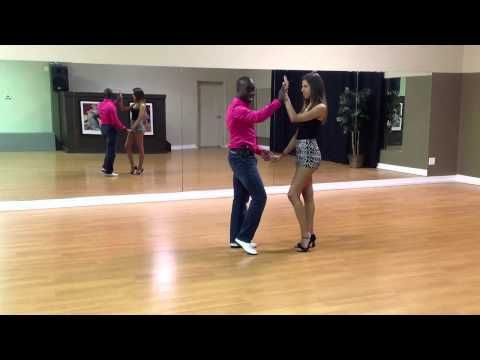 This is freedom and plasticity - the natural beauty of movement.
This is freedom and plasticity - the natural beauty of movement.
Here is a clip with a contemporary combination. Give it a try, just be sure to warm up and stretch well before you teach.
And here is the second part:
By the way, about the warm-up. In the video below - a full lesson with a warm-up, stretching and analysis of the combination. In English, but everything is clear and without translation.
If you do not have time to repeat or consider how some movement is done, set the speed to 0.25.
If you like combinations but can't repeat them yet, here are some more videos of routine contemporary lessons.
You will most likely have to do the same in the dance school before you can perform beautiful combinations.
Strip plastic
imperiamarket.byMany people confuse pole exercises and strip plastic. The second is just a sensual dance that can be performed without a pole.
Doing strip plastic, you will not stand at the barre and pull the toe. Everything here is based on the natural sexuality of the female body. Of course, many teachers diversify strip plastic with elements of contemporary or modern, Latin American dances and other areas, but it all depends on the teacher.
How beautiful your dance will look again depends on how well you know how to control your body, how mobile your joints are and how stretched your muscles and tendons are.
In the video below there is an analysis of the combination. Not too simple, but very sensual and beautiful. And you don't have to move on the floor, so your knees don't get hurt.
Not too simple, but very sensual and beautiful. And you don't have to move on the floor, so your knees don't get hurt.
And here is a playlist with strip plastic lessons from different dance schools. There are both individual movements and combinations.
And one more, simpler combination. Try it if the first one doesn't work.
Belly dance (bellydance)
·júbilo·haku·/Flickr.comThis is a sensual and beautiful dance that, among other things, helps to develop plasticity and even get rid of some health problems.
There are a lot of belly dance lessons on YouTube.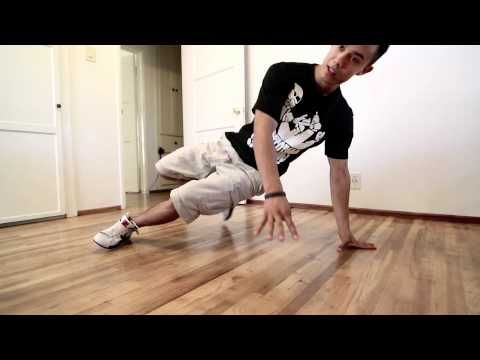 Below are some of them.
Below are some of them.
The basic movements are explained here very clearly:
And the second part:
Below is a playlist with five lessons for beginners from another teacher.
How to learn to dance street dancing
Hip-hop
pinterest.comHip-hop has only been around for about 50 years. But during this time, many trends and styles have appeared, with different elements, plasticity, and special features.
In addition, modern hip-hop is often complemented by movements from other dance styles, which provides even richer vocabulary and original combinations.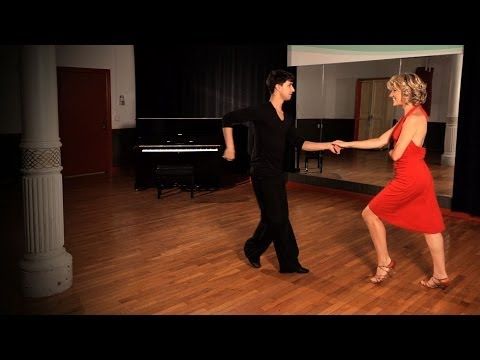
But before you come up with your own combinations, you need to master the basics. In the playlist below you will find basic moves, steps and many combinations. They explain everything in an accessible way. If you can't make it, slow down the video speed.
The videos in the next big playlist explain the concepts of inertia, manipulation and isolation in hip-hop. There's also a story about improvisation, battle behavior if you're up for it, and a few variations of ground hip-hop moves (on the floor) to diversify your combinations.
Breakdancing
Colonne/Flickr.com Breakdancing consists of different elements: tricks and power movements on the floor, waves, fixations, and also changes in the levels at which the dance is performed.
Here on this channel there is training in different styles: Waving, King Tut, Robot, - analysis of the technique of power elements and basic movements at different levels.
Below is a video detailing the 6 steps element from Footwork.
And here you can see how the "turtle" is performed.
Here is a voluminous playlist, which contains quite a lot of breakdance elements with a detailed analysis of the technique of dance and strength elements.
Twerk
Lauren Wood/Flickr.com Sexy dance in which you need to actively work the buttocks, hips, stomach and arms.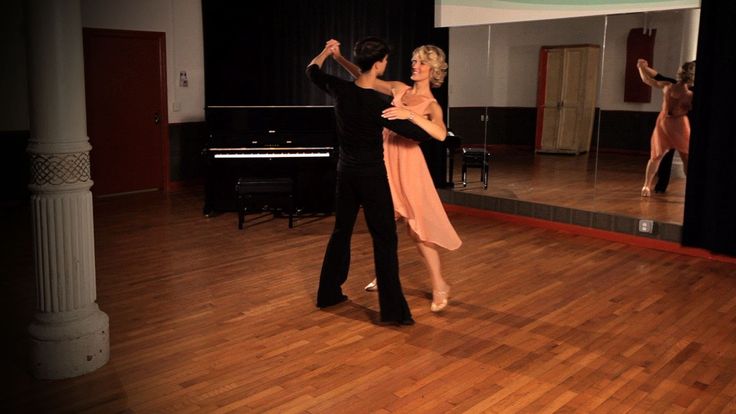 In this playlist you will find several lessons with analysis of twerk movements.
In this playlist you will find several lessons with analysis of twerk movements.
How to learn to dance ballroom dancing
Waltz
vimbly.comAt least once in your life you will surely need a waltz. Moreover, it is not so difficult to dance it at an amateur level.
Here are four good lessons that will teach you how to hold your hands and do the basic waltz steps in pairs or individually.
How to learn to dance social dances
Social dances are not designed for competition, but for communication between partners and enjoyment. Improvisation is welcome here, through which the dancer can express himself, his feelings and emotions.
Bachata
pinterest.comThis dance comes from the Dominican Republic. He is very sensual and sometimes erotic. The basis of bachata is four steps with an emphasis on the last one. In the dance, there are rotations and throws of the partner, small lifts.
Despite the fact that bachata is a pair dance, solo combinations can also be taught. For example, if you don't have a partner yet.
In the video below - an overview of the main steps. Where to transfer body weight, how to hold hands, how to focus - everything is told in the most detailed way.
And here is a variation of bachata from the same teacher.
Below is a playlist for those who want to dance bachata together. These are Dominican bachata lessons from the Imagine dance school.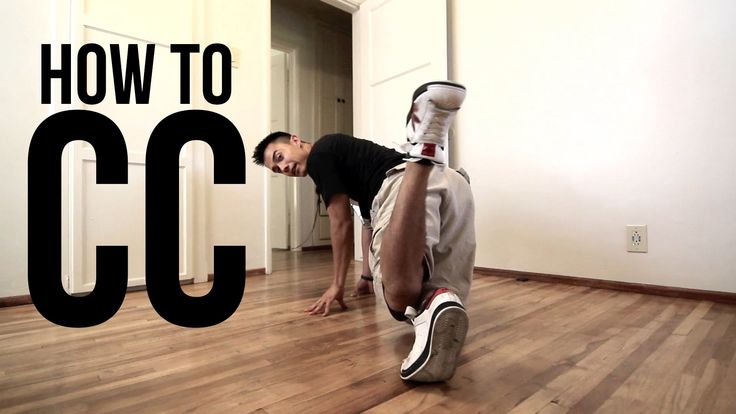
Kizomba
youtube.comThis is a passionate couple dance from Africa, more specifically from Angola. Now it is performed all over the world and is especially popular in France and Portugal.
Steps, lots of hip work and close contact with partner. Sometimes very tight. For example, in the style of tarraxinha, a slower and more sensual version of this social dance.
Here is a playlist of kizomba lessons.
And another playlist with videos from another dance studio.
That's it. If you have favorite tutorial videos, share them in the comments to the article.
If you have favorite tutorial videos, share them in the comments to the article.
*Activities of Meta Platforms Inc. and its social networks Facebook and Instagram are prohibited in the territory of the Russian Federation.
How to learn to dance from video
Dance teaching technologies are developing. Not as fast and noticeable as in other areas, but nonetheless. The popularization of social dance, when ordinary people in ordinary life dance for pleasure, leads to the mass dance culture. Vocational training methods are not as effective here, and new approaches are still taking shape.
Distant formats become noticeable and significant. Online courses, individual lessons via Skype, etc. no longer surprise potential future dance masters. But how effective it is and whether it is really possible to really increase your level of dance, we will analyze in this article. More precisely, we will find a way to get the most out of this format.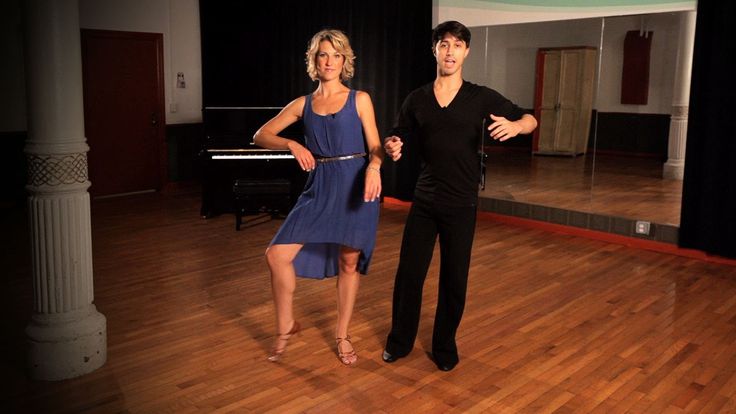
The most classic and primitive learning format is the “repeat after me” principle. This format stood at the dawn of virtually any training in any field in the past. When a teacher lacks teaching skills, he offers to simply repeat after him. This is often enough for beginning dancers to get a taste of the dance and draw some obvious conclusions. Firstly, dancing is not as easy as it seems from the outside. Secondly, there are definitely some secrets here that are not obvious at first glance.
The next historical stage of learning is the moment when the teacher uses a set of exercises to form dance skills. The logic is simple: the dancer's body must be ready to dance freely. If it is not ready, then no secret moves will help. They simply cannot be realized in a body that the dancer does not feel. This approach requires a careful attitude on the part of the teacher to the implementation of auxiliary exercises.
Historic moment of video learning
The spread of video cameras in the 90s of the last century had a significant impact on the popularity of dance culture.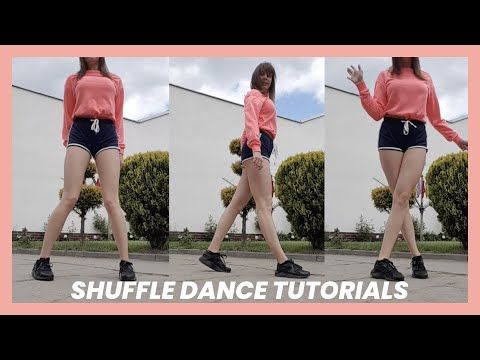 This has happened in many dance styles. In a short moment of time, breaking and hip-hop entered the mass audience. Salsa has gained worldwide fame. Dances such as the Argentine tango and the Lindy Hop were revived.
This has happened in many dance styles. In a short moment of time, breaking and hip-hop entered the mass audience. Salsa has gained worldwide fame. Dances such as the Argentine tango and the Lindy Hop were revived.
The main reason was that dancers who couldn't be featured on TV did video tutorials or videos from battles and parties were recorded. This made it possible to unify the basic technique, show cool examples of performance and give the opportunity to train independently at home.
Educational videos of the 90s and 00s differ little in their ideology from the very primitive training with which we started. Most of the video courses were based on the fact that a couple of dancers or one teacher showed the figures and offered to repeat after them. At a certain period, this was even a profitable business, since exclusive information on video cassettes could allow teachers to study the material on their own and teach in groups already for money. And for professional athletes in ballroom dancing, it made it possible to study the technique of top dancers in depth.
The most classic and primitive training format is the “repeat after me” principle
Internet invasion of the industry
But the limited probability of the figures themselves and the basic technique led to the ceiling of the possibilities of this format. And the openness of the emerging Internet and video hosting devalued exclusivity. It has become easy and free to get information about any figures. But, as it turned out, this is still not enough to learn how to dance. Yes, there are many instructional videos on the Internet. But there are two factors that do not allow you to get a quality result: consistency and motivation.
You type in a search request to learn a particular dance and get a huge number of links. What to do? Where to start? What is the logic of this or that dance culture? There are more questions than answers. And the idea comes back again that it is impossible to learn to dance from a video, and that the art of dancing can only be passed from hand to hand.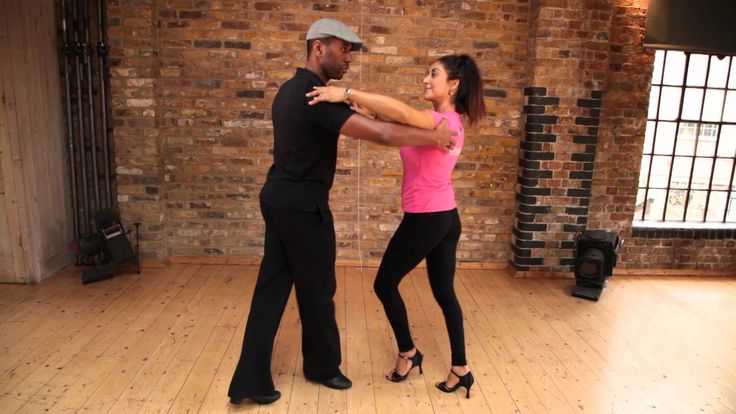
Modern methods of distance learning
Fortunately, teaching methods do not stand still, as do the possibilities of digitalization. Modern paid online courses allow you to build a sequence of training in such a way that they simultaneously solve the issue of understanding dance in general, studying movements and motivation. Typically, online courses have a limited time format, but are designed for a longer period of self-study. The complexity and system of work in a group stimulate effective dance growth. And the possibility of individual lessons online becomes no less effective tool than offline classes.
Video training within the framework of such courses can be either a separate form of training or an additional component to group and even individual ones. High-quality auxiliary exercises come first here, and not just a set of connections for learning.
Modern paid online courses allow you to build a sequence of training in such a way that they simultaneously solve the issue of understanding dance in general, studying movements and motivation.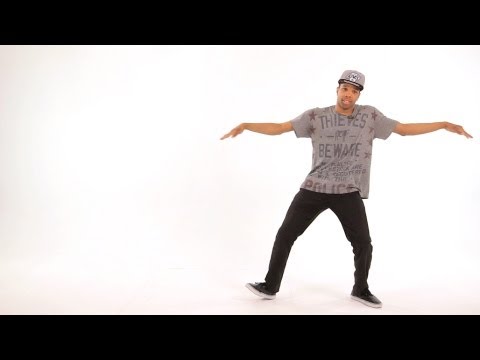
For those who choose to study by video in an online format, it is important to understand that this is not an option that you are forced to choose, because for some reason you cannot afford to study in a group or individually. This is a full-fledged format of high-quality education, which requires a lot of discipline and the ability to work with methodological materials.
The biggest challenge at this stage is choosing the right courses to help you reach your goal. Unfortunately, there are still few of them at this stage. But the number is growing every day. High-quality courses are always comprehensive, meaningful and form not only the correct work with the body, but also the dance worldview in general.
Be efficient and independent.
Share on social networks:
Modern dances to modern music
How dancing can turn into addiction
Fear and magic of tango
Dangerous sexuality
Salsa: stereotype destroyers
Couple dancing as a source of strength.
